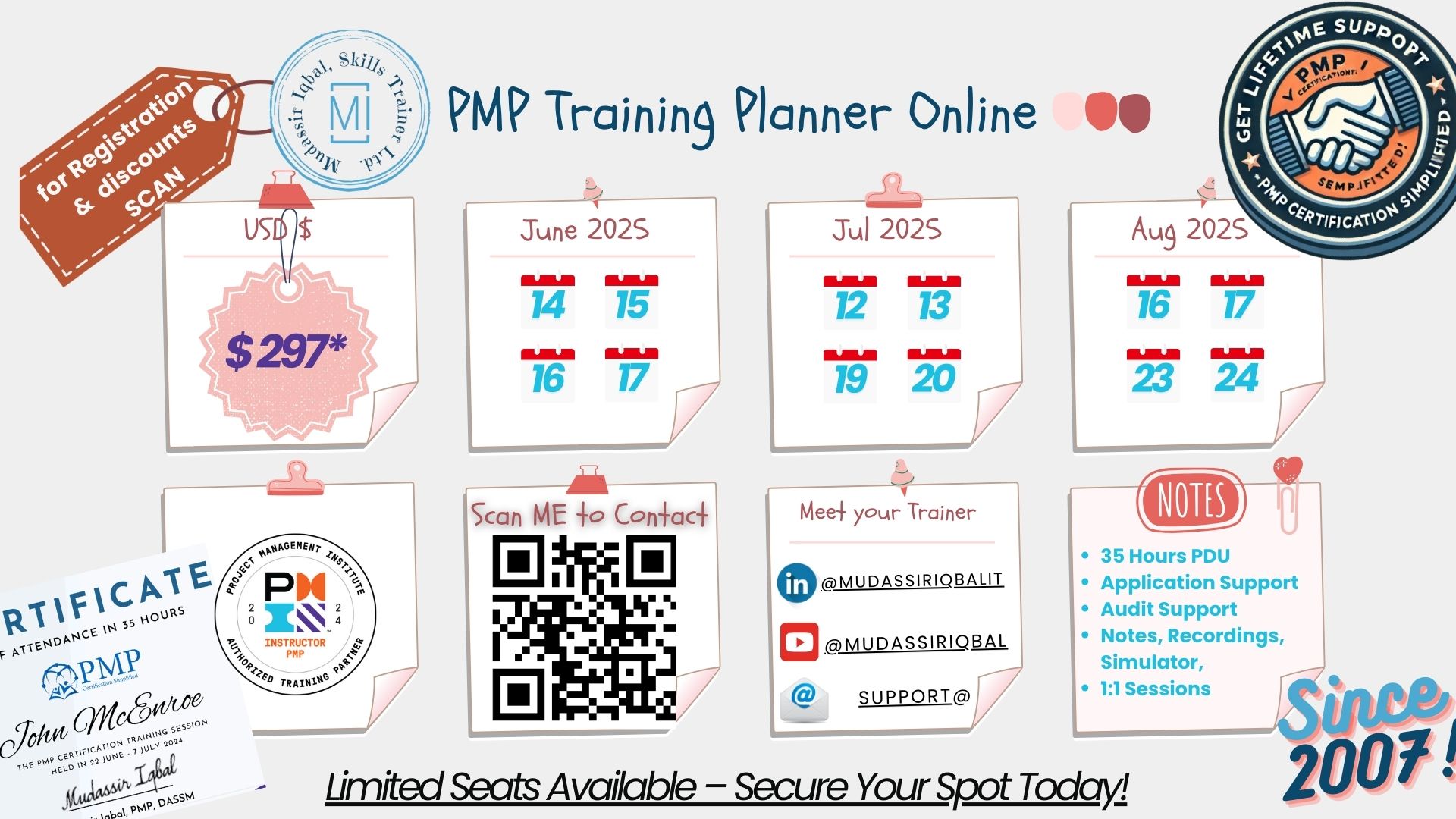Agile and Waterfall Methodologies have been part of the Project Management world for quite some time; let’s quickly review them; Agile Methodology:Agile is an iterative and incremental approach to project management that emphasizes flexibility, collaboration, and customer feedback. It involves breaking down the project into small, manageable tasks called user stories, which are prioritized and […]

